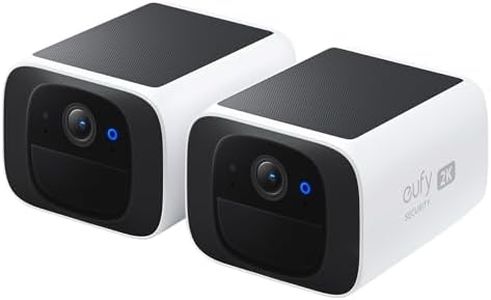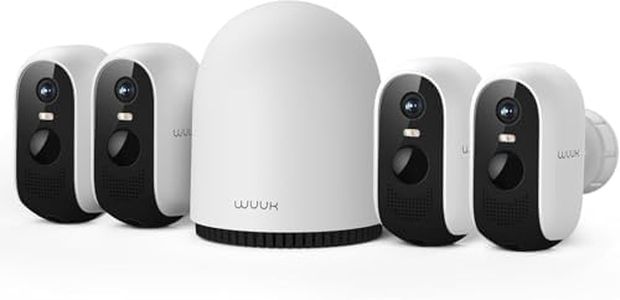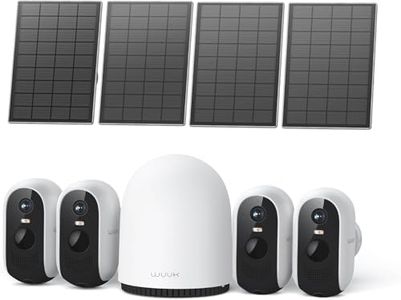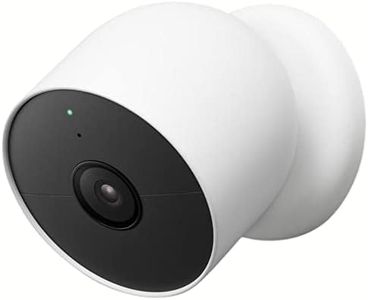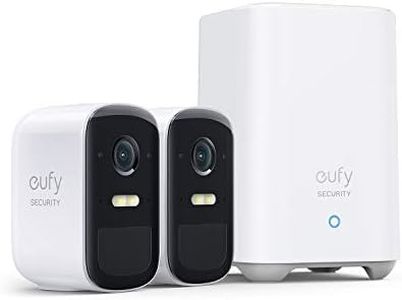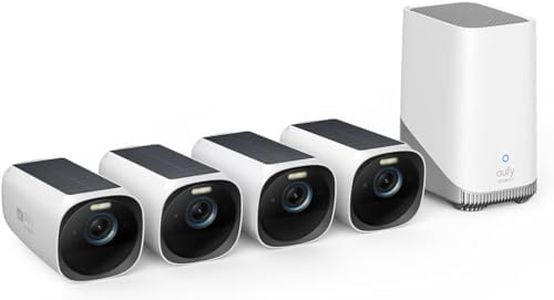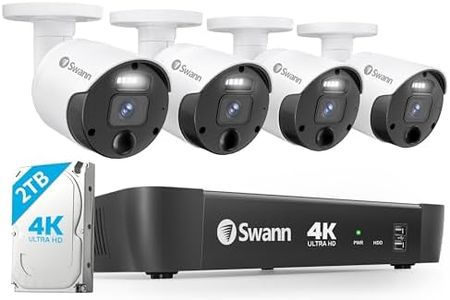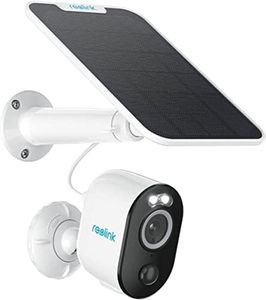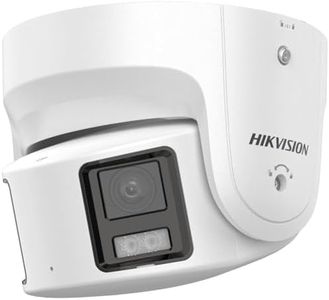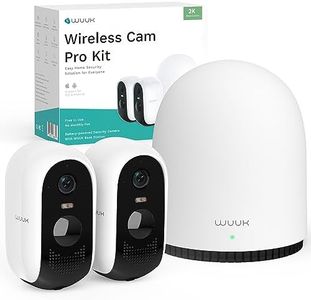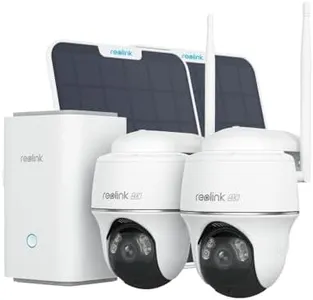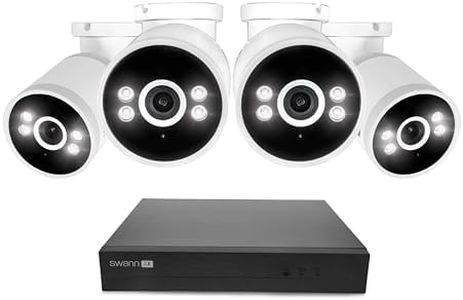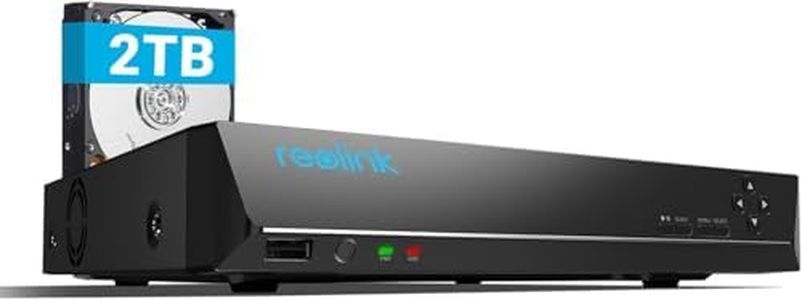We Use CookiesWe use cookies to enhance the security, performance,
functionality and for analytical and promotional activities. By continuing to browse this site you
are agreeing to our privacy policy
10 Best Security Camera With Local Storage
From leading brands and best sellers available on the web.Buying Guide for the Best Security Camera With Local Storage
Choosing a security camera with local storage requires a balance of understanding what you need to monitor, where you want to place the camera, and how you'll access and store the footage. Local storage means your video recordings are saved directly on the device (like on a memory card or hard drive), so you aren't reliant on cloud services or internet connections for access to your recordings. Consider your home's layout, lighting conditions, and how often you want to access or review footage. The key is to match the camera's features to your particular needs, like monitoring entryways, checking on a pet, or keeping an eye on your driveway.ResolutionResolution describes how clear and detailed the video footage will be. It’s measured in terms like 720p (HD), 1080p (Full HD), 2K, or 4K. Higher resolution means sharper images and easier recognition of faces or license plates, but the files take up more storage space. For most home users, 1080p is a good balance between clarity and storage needs, while 4K is best if you need detailed footage and have adequate local storage to support the larger files.
Local Storage Type and CapacityThis refers to where your footage will be saved physically: commonly on microSD cards, network video recorders (NVRs), or built-in hard drives. MicroSD cards are easy to use and swap, but have size limits. NVRs and hard drives can store weeks or months of video, but may require more setup. Size matters as well; basic home use can work with 32GB–128GB cards, while larger capacities are better for longer retention or higher resolution. Choose according to how long you want to keep footage and how often you’ll check or download it.
Weather ResistanceIf you’re placing the camera outside, weather resistance is crucial. This is often indicated by an IP (Ingress Protection) rating. A higher IP rating (like IP65 or IP66) means the camera can handle rain, dust, and varying temperatures. Choose higher ratings for outdoor, exposed locations; standard protection is fine for sheltered or indoor use.
Night VisionNight vision allows your camera to record footage in low-light or dark conditions. Look for details such as the range (how far the night vision can 'see') and if the colors are visible or if it’s just black-and-white. Shorter ranges (10–20 feet) suit indoor or porch use, while longer ranges are ideal for large yards or driveways. Think about the area and lighting where you’ll put the camera.
Motion DetectionMotion detection means the camera can start recording or alert you when something moves in its view. Some offer customizable sensitivity or motion zones, letting you ignore busy streets but focus on your door or driveway. If you want to avoid false alarms from passing cars or pets, look for adjustable or zoned motion detection.
Viewing AngleThe field of view or viewing angle tells you how much area the camera can cover. Wider angles (above 120 degrees) catch more area with one camera, great for wide spaces. Narrower angles provide more detail over a focused area, like a hallway or doorway. Choosing the right angle depends on the size and shape of the spot you want to monitor.
Power SourceSecurity cameras can be wired (plugged into a power outlet) or wireless (battery- or solar-powered). Wired cameras are reliable for continuous use, but need access to power and may involve more complicated installation. Wireless cameras are easy to set up and move, but you’ll need to recharge or change batteries periodically. Pick the option that fits your installation location and maintenance comfort.
